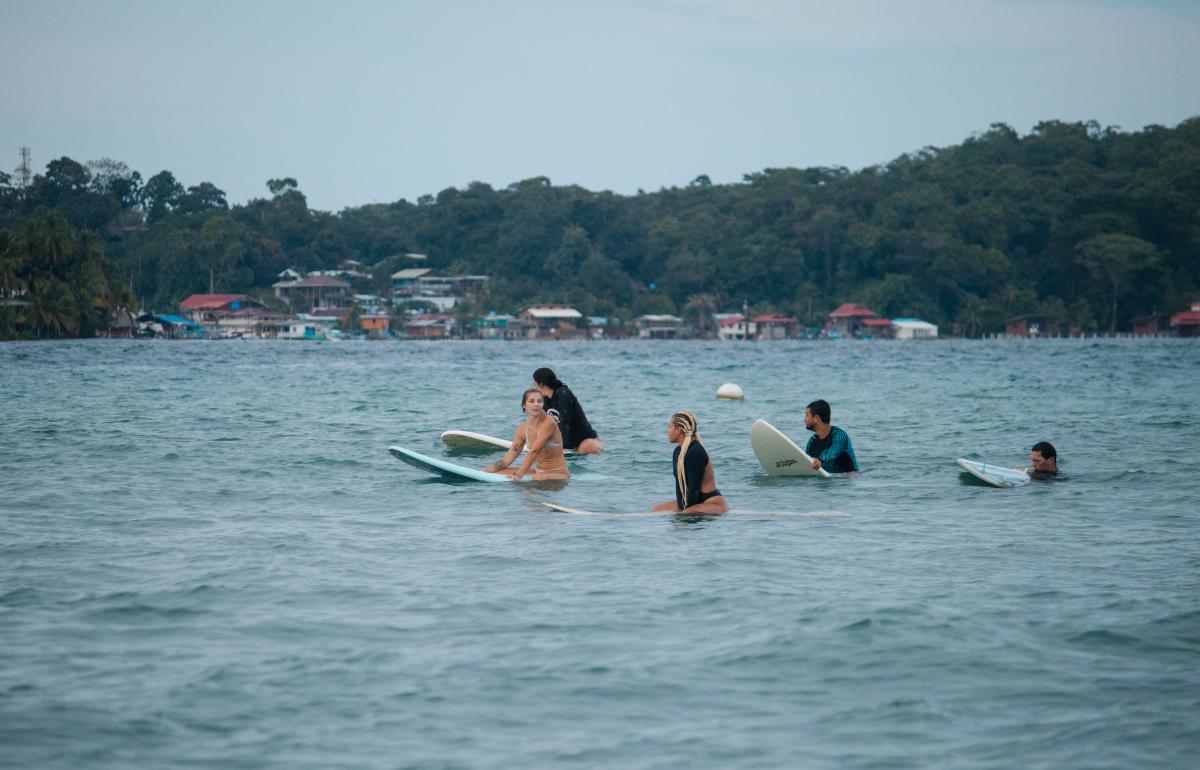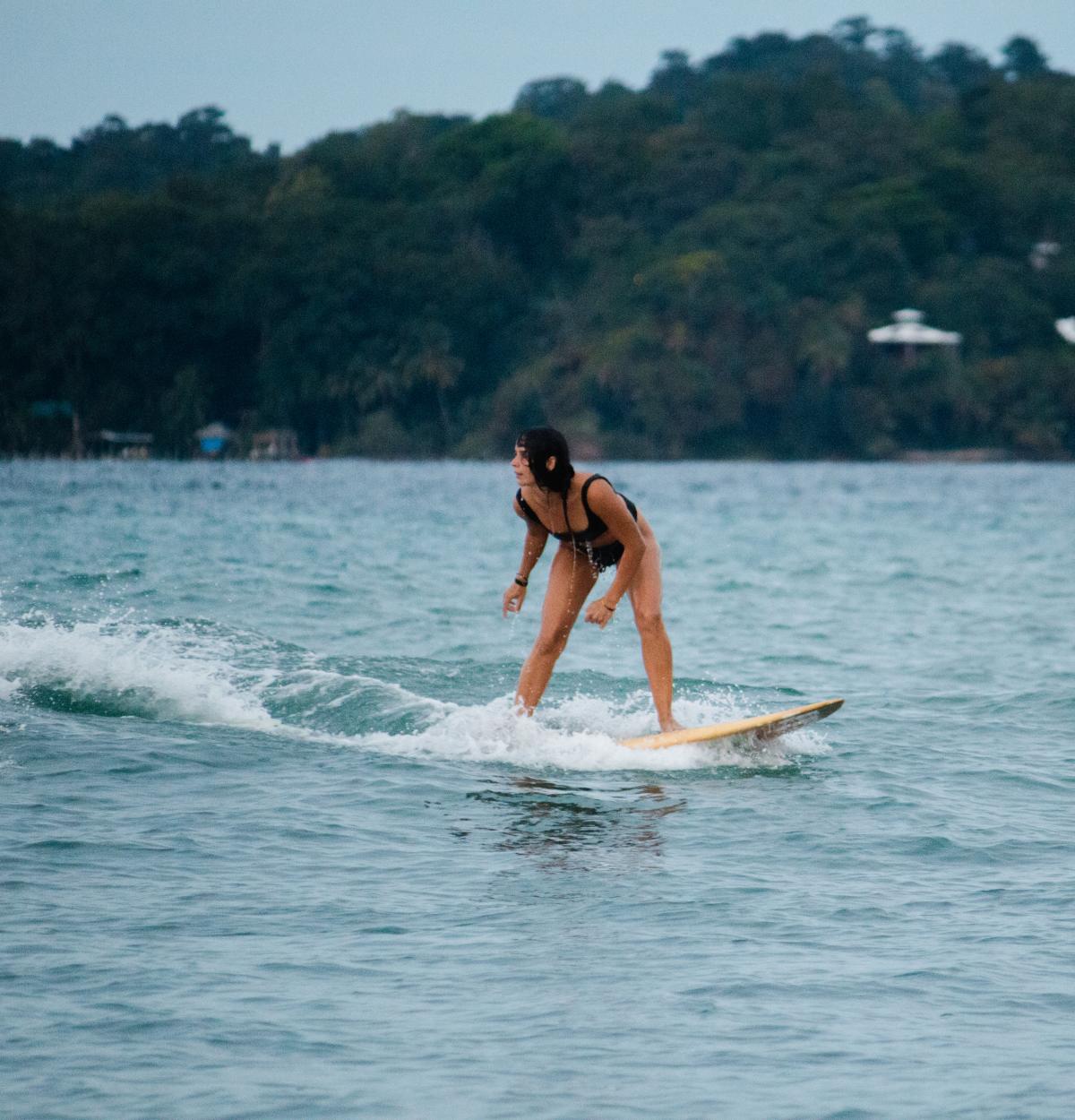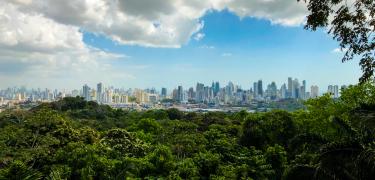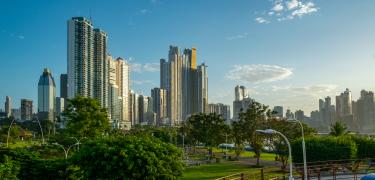Surf in Bocas del Toro
Bocas del Toro, in the Panamanian Caribbean, is a globally renowned destination for surfing. Figures like Julian Wilson, Benji Weatherly, Kalani Robb, the very famous Kelly Slater, and many others have chosen Bocas as their surfing destination.
One of Bocas’ main characteristics is its considerable number of surf spots, compared to other destinations in Panamá, and you will find all kinds of waves: point breaks, reef breaks, tubes, rights, and lefts.

The main spots are located on the three largest islands of the archipelago: Isla Colón, Isla Carenero and Isla Bastimentos. Moving between them is really easy, fast and inexpensive, as they are very close to each other. You will only need a water taxi, which can cost between $6.00 and $10.00 round trip.
The three islands offer classes and surf camps that attract surfers and amateurs from all over the world. Rental surfboards are also available in many places, even in hotels, so you do not have to travel with yours.
In June, July, and August, you can also have good surfing days. July has a lot of rain, but the waves are better. The waves in June and August are approximately 1m (3 feet), great for surfing the beach breaks.
Although in September, October, and November, the waves are quite scarce, the calm sea is the perfect excuse for snorkeling and diving. Bocas' marine life is incredible. Take advantage to explore the depths of the sea or go on a good fishing trip.
Throughout the year, Bocas awaits you to enjoy surfing, and the water temperature remains between 27 °C (80 °F) to 23 °C (74 °F), and the vibe is always the best.

The Best Surf Spots in Bocas del Toro
Bocas del Toro is the perfect destination for your next surf trip. Whether you are an experienced surfer looking for intense emotions or you are still learning, this tropical jewel gives you an unforgettable experience in the water. Here are 10 of the best places to surf in Bocas
Do More
Afro Community
The Bocas del Toro Afro-Antillean experience in the Panamanian Caribbean is rich and unrivaled....
Beaches
The Caribbean archipelago of Bocas del Toro is known for its natural abundance. Its mangrove-lined...
Birdwatching
If you are one of those who travel with binoculars in hand and know birds by species, you will love...
Cacao Experience
Bocas del Toro is home to the “black gold,” the precious cacao that grows thanks to more...
Diving and Snorkeling
Bocas del Toro is a diving paradise because of its abundant and diverse marine life. Its...
Indigenous Communities
Bocas del Toro's culture and history is rich everywhere you look. These paradisiacal lands have...
Hiking and Waterfalls
If you love walking through wild scenery, this is the perfect place for you: Bocas del Toro, in the...














